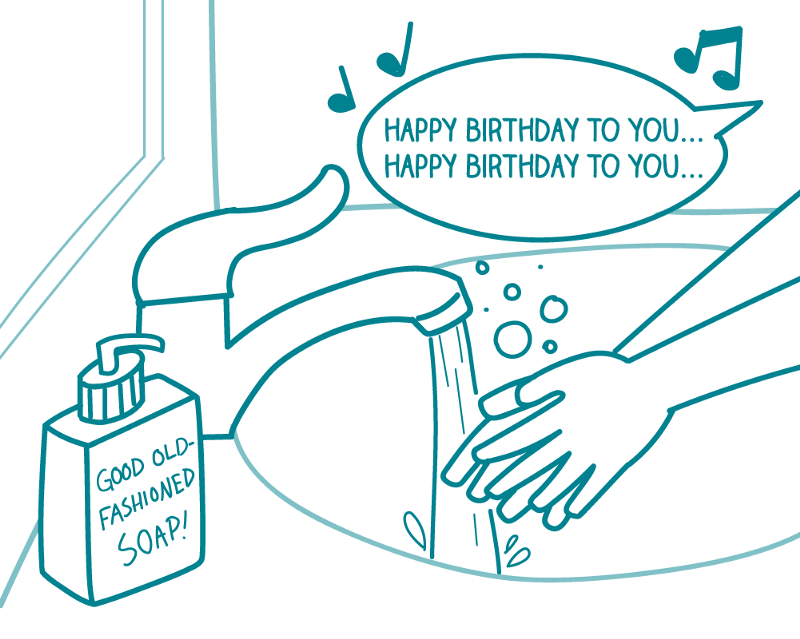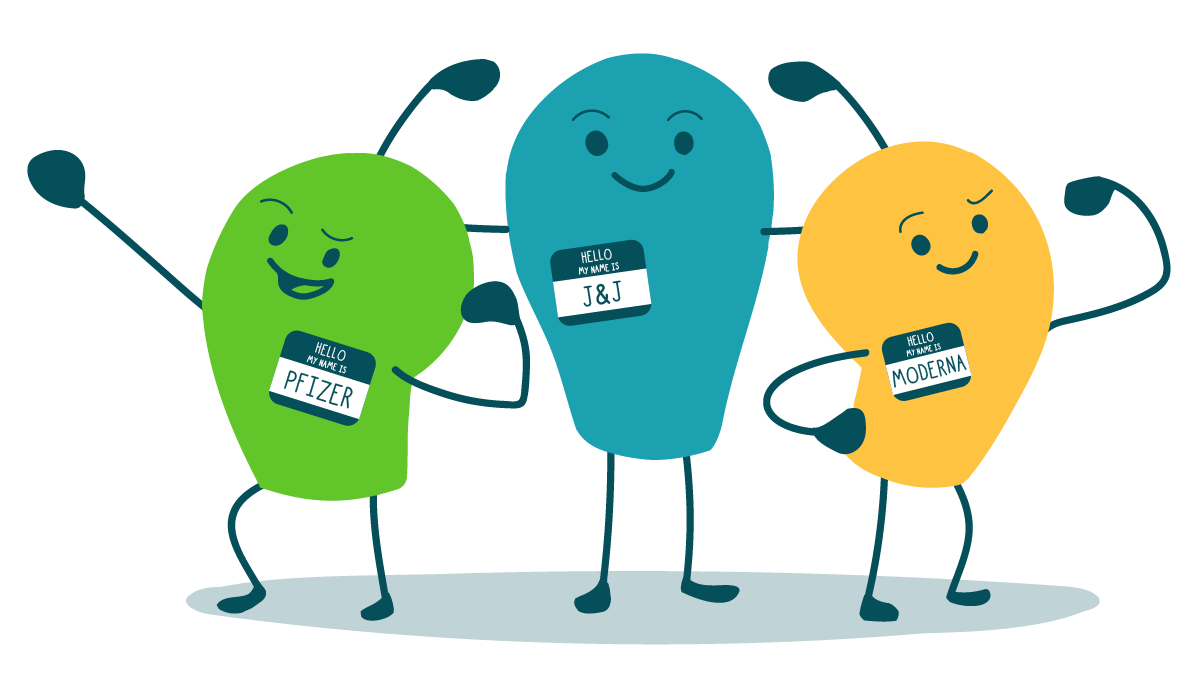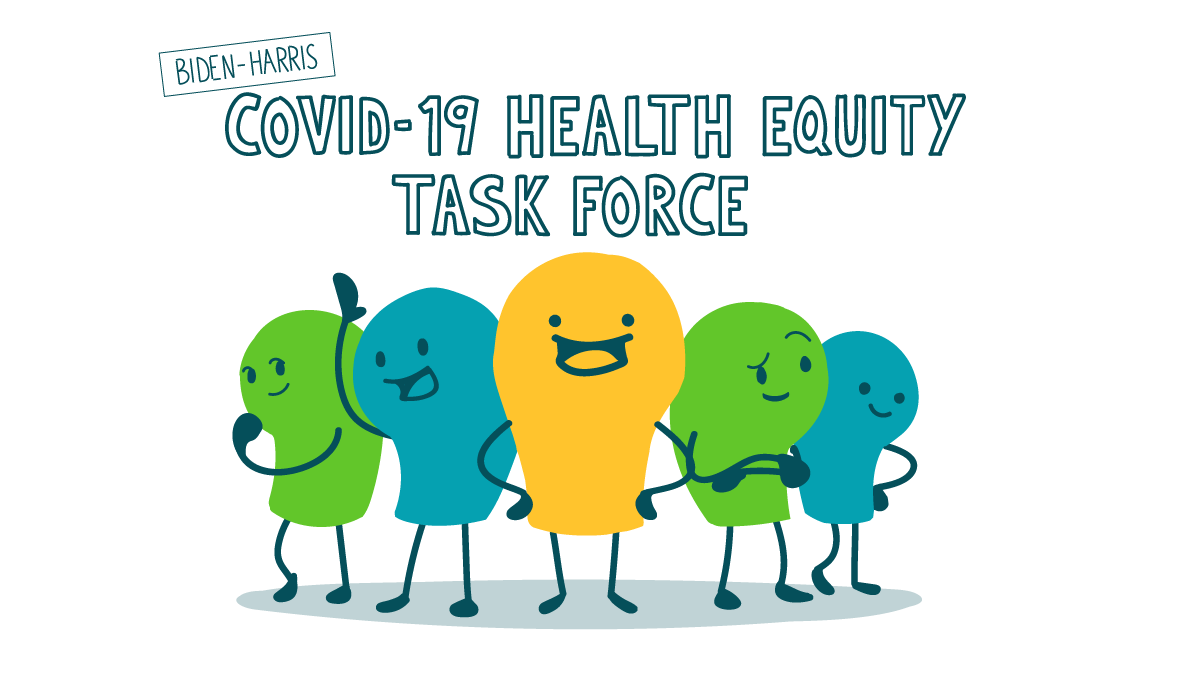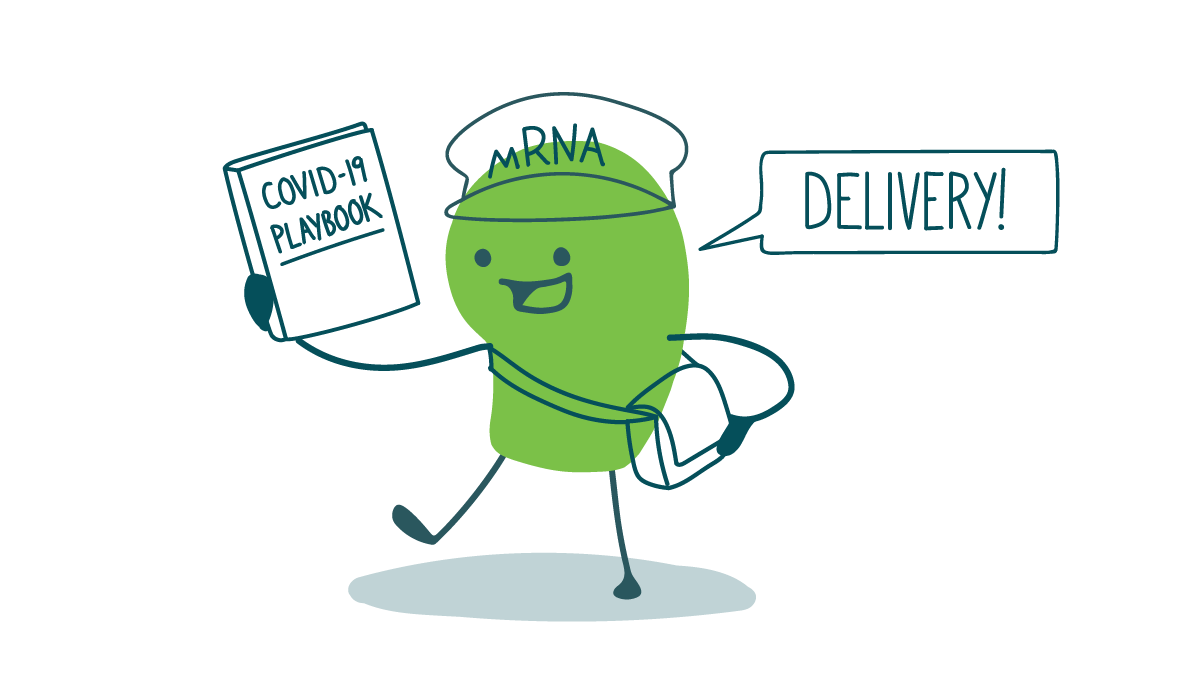
Here at We ❤ Health Literacy Headquarters, we’re big fans of easy-to-understand tips for preventing the spread of COVID-19. And though health experts have been providing plenty of guidance, sometimes the advice isn’t so clear.
Case in point: “Practice good hygiene.” Sure, that’s helpful if you know exactly what experts mean by “good hygiene.” But many people don’t!
Generally speaking, good hygiene means keeping yourself and your surroundings clean. But depending on the context, that can mean anything from washing your hands to brushing your teeth every day or wearing clean clothes.
So, how can you communicate clearly about “good hygiene”? It’s simple — skip that term and get straight to the specific steps people can take to protect themselves and others. For COVID-19 prevention materials, try these tips:
- Wash your hands — a lot. Rub soap on your hands for at least 20 seconds, then rinse it off with water.
- If you don’t have soap and water, use hand sanitizer that’s at least 60 percent alcohol. Rub it on your hands until it dries.
- Cover your nose and mouth when you cough or sneeze. Use a tissue if you have one and your elbow if you don’t.
- Try not to touch your face. If you have to touch your face, wash your hands first — and again afterward.
- Keep your home clean. Focus on cleaning things you touch a lot — like doorknobs and light switches. Use soapy water, a cleaning spray, or disinfecting wipes.
Of course, something as simple as handwashing can be a challenge for people who don’t have access to basic services like running water. If this is your audience, be sure to mention any local resources that can help — like public handwashing stations or legal aid to help fight a water service shutoff. And focus on steps they can take, like staying away from other people as much as possible.
The bottom line: Instead of telling your audience to “practice good hygiene,” just give them specific steps they can take to stay healthy.
Browse recent posts


